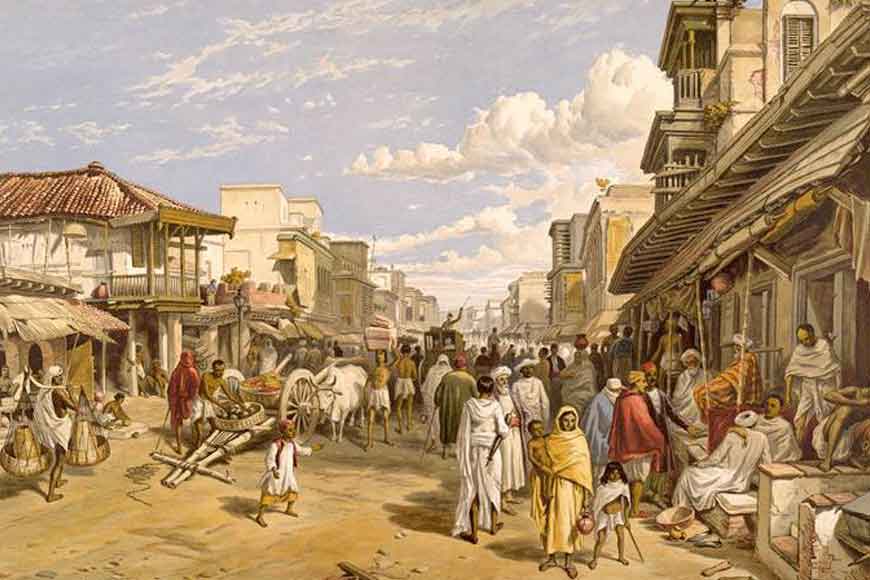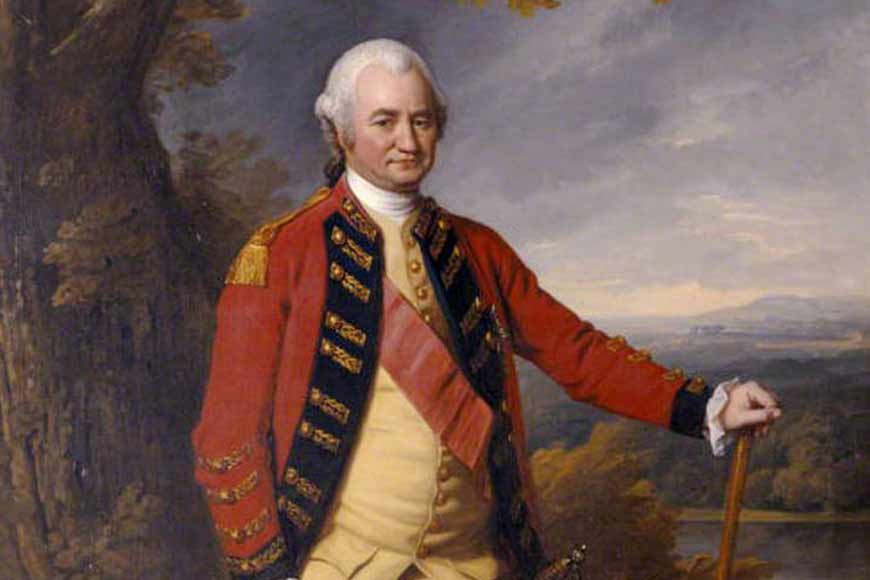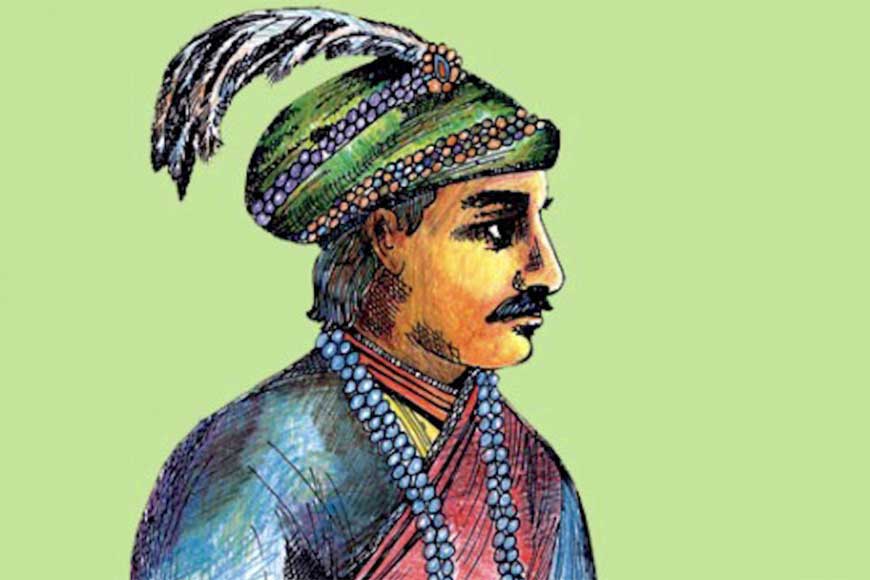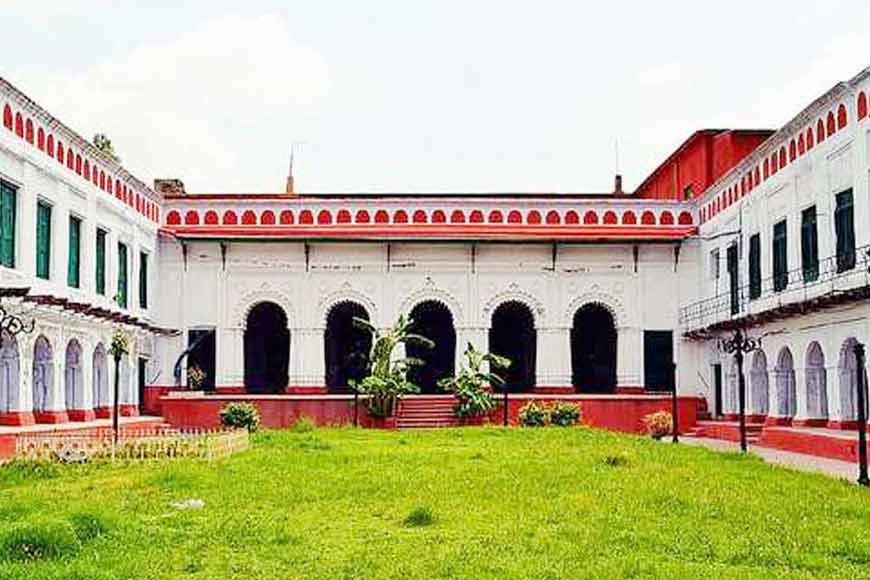City of Shopkeepers: What kind of wealth did Calcutta offer to the British?

‘Nobody conquers a poor country. There is not enough return on investment.’ Can’t remember who said this, but it applies perfectly to the British and their conquest of India. When they arrived, India was among the world’s wealthiest countries. When they left, it was among the poorest. And since the first two centuries of their reign were pretty much based out of Bengal, this was the province that supplied them with a large chunk of the wealth that they amassed. In the process, a few ‘natives’ acquired fortunes of their own, by means both fair and foul.
Englishmen who came to India in the 17th and 18th centuries did not have an easy time by any means. If they survived the endless sea-voyage, chances were they would die of a tropical ailment they did not even have a name for, as soon as they landed. However, the ones who did survive were rewarded so handsomely for their troubles that all the suffering was worth it.
The process was accelerated after the fall of Siraj-ud-daulah in 1757, as the British East India Company all but assumed ruling powers and were in a position to dictate terms to the puppets they kept setting up on the throne of Murshidabad. As a result, all of Bengal’s enormous natural resources, its trade, manufacturing industries, and other privileges were at the disposal of the adventurers, merchants and employees of the company, as well as their Indian sycophants, friends, or favourites.

Most of the new rulers, including the redoubtable Robert Clive, had never seen wealth like this in their lives. In his book Echoes from Old Calcutta, H.E. Busteed writes: “If the Europeans, who went to India in the old days, had a hard time of it, they at all events got what they went out for - money, and if they survived, they returned home wealthy men... Every one of them aspires to the rapid acquisition of lakhs, and to return to pass the primes of their lives at home, as multitudes have done before them.”
Naturally, such ‘rapid acquisition’ was not always to be engineered by honest means. Indeed, such was the level of corruption that Clive, Harry Verelst and William Sumner were appointed Commissioners of Inquiry into the conduct of civilian administrators, and their report submitted to the company’s Court of Directors in 1765 stated: “Referring to their conduct, the transactions seem to demonstrate that every spring of the Government was tainted with corruption; that principles of rapacity and oppression universally prevailed, and that every spark and sentiment of public spirit was lost and extinguished in the abandoned lust for universal wealth.”
A good example would be Richard Barwell, Member of the Supreme Council, who held the lease of two salt farms, which he sublet to two Armenians on condition that he was paid an additional Rs 1,25,000 besides the lease amount. However, one of the two later alleged in a court of law that Barwell had taken their money and re-let the farms to someone else for another one lakh rupees.
Yet another Armenian merchant named Parseek Arratoon filed a suit in the Calcutta Mayor’s Court on September 15, 1767 against the ‘gomastas’ or agents of Harry Verelst (then Governor) and Francis Sykes for damages amounting to Rs 90,000 on account of salt forcibly taken out from his godown. However, the suit was mysteriously abandoned without a single rupee being paid to Arratoon when the Mayor received a private letter from the Governor to put a stop to the proceedings.

The loot began when Clive, the conqueror of Bengal, and his favourites and hangers-on helped themselves to the contents of the Nawab’s treasury in Murshidabad. Multiple sources have stated that Clive personally received upwards of £100,000 (in those days, so you can calculate how much it would be today) from the treasury. And all he could say when accused of acquiring this amount was that his only regret was that he did not grab more from the wealth of gold and silver that the treasury held. Nonetheless, he obtained from new Nawab Mir Jafar in 1757 a ‘jagir’ of about £30,000 per annum, in addition to other immensely valuable presents.

Two significant ‘native’ beneficiaries of the fall of Siraj were Maharaja Nabakrishna Deb, the founder of the Sovabazar Raj family, and Dewan Ramchand, the founder of Andul Raj. While the former began his career as a Persian ‘munshi’ in 1750 at a monthly salary of Rs 60, accompanying a young Warren Hastings to Kasimbazar, Ramchand was initially a clerk, also paid Rs 60 a month, and later Dewan to Governor Vansittart. Nabakrishna was also eventually appointed Political Dewan to the East India Company, and Clive ensured he was awarded the title of Maharaja in 1766. You could say they did well for themselves, because Nabakrishna later spent Rs 9 lakh on his mother’s ‘shradh’ ceremony, while Ramchand left behind a fortune of Rs 1.25 crore when he died!
This apart, a grateful Mir Jafar paid ‘restitution’ or compensation to several high-ranking British officials as well as a few Indians for the damage that Siraj’s invading army had caused to Calcutta. In the book Short History of Calcutta, A. K. Ray writes: “Not only did he give them the Zemindari of the 24 Perganas... but he also paid some money for the sack of Calcutta by Seraj-ud-dowla....... The restitution money went largely into the pockets of the European inhabitants of Calcutta....... A Commission was appointed to apportion a part of the balance of the restitution money among the native sufferers.”
According to the East India Company’s accounts dated September 13, 1758, the ‘native sufferers’ were rewarded as below:
| Gobindram and Rogoo Metre (Mitra) | Rs 3,75,000 |
| Sovaram Bysack | Rs 3,75,000 |
| Ally Boye | Rs 17,000 |
| Rutto Sircar | Rs 1,40,000 |
| Sookdeb Mullick | Rs 40,000 |
| Nian Mullick | Rs 38,000 |
| Diaram Bose | Rs 4,000 |
| Nilmoney | Rs 18,000 |
| Hurri Kissen Tagoor | Rs 10,000 |
| Durgaram Dutt | Rs 5,000 |
| Ramsantose | Rs 5,500 |
| Mahmud Suddock | Rs 2,715 |
The entire sum of approximately Rs 1 crore 25 lakh was reportedly sent from Murshidabad in the form of silver coins, weighing over 5,000 ‘maunds’ or about 200 tonnes, and the consignment took 27 boats to bring down by river to Calcutta.
Yet another famous (or notorious, according to the British) beneficiary of British rule was Gobindram Mitra, a prominent figure in 18th-century Calcutta, known as the ‘Black Zemindar’. In reality, he was the Indian assistant to the British Collector of Calcutta, whose duty it was to collect and administer the revenues of Calcutta derived from rents, tolls, fees, etc. Gobindram made so much money that he built the famed Black Pagoda in Bagbazar, a Kali temple with a cupola rising to a height greater than the Ochterlony Monument (Shahid Minar today). Sadly, the temple was destroyed in the fearsome cyclone of 1737.
Also read : Tracing the 'Bangali gaddis' of Burra Bazar
Sobharam Bysack (Basak) became a wealthy Sutanuti merchant, while Rutto (Ratan) Sircar was the famous dhobi or washerman who accidentally ended up being one of the first ‘dobhasis’ or language interpreters between the British and their new subjects, and made a great deal of money in a short time.
Small wonder that in his book Notes on the Medical Topography of Calcutta (1837) Sir James Martin quotes William Hamilton as saying: “The great Native families, who now contribute to the splendour of Calcutta, are of very recent origin. Indeed, scarcely ten could be named who possessed wealth before the rise of the English power, it having been accumulated under our sovereignty, chiefly in our service, and entirely through our protection.”
Sumbho Chunder Mookerjee, who published Mookerjee’s Magazine, went a step further and wrote in the I861 edition: “Calcutta in the 18th Century was a new city without time-honoured tradition. No high families, no individuals believed to have descended from the sun or moon settled there. Napoleon ridiculed the English as a Nation of shopkeepers. It would not be untrue to describe Calcutta as a city of shopkeepers. The most respectable of its inhabitants were merchants.”
In a subsequent article, we will discuss salaries drawn by high-ranking English officials, and how the contempt for Indians as evidenced in the excerpts above reflected in the wages paid to them for the same, or similar, work.











